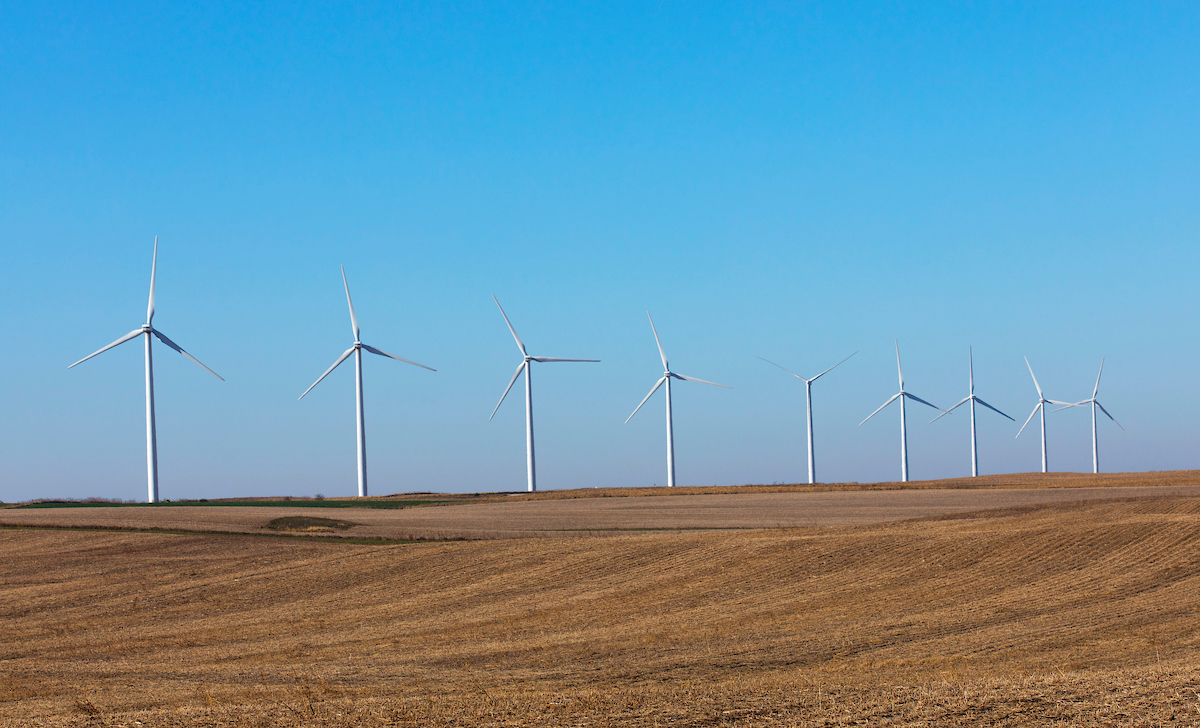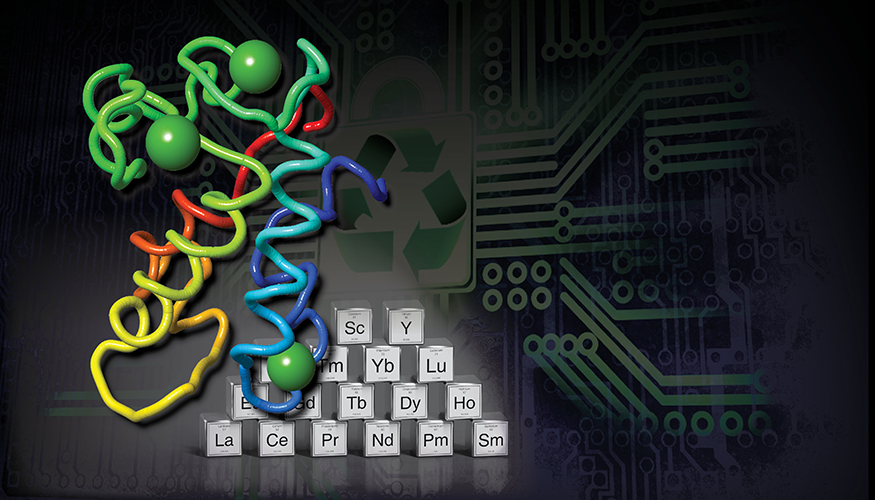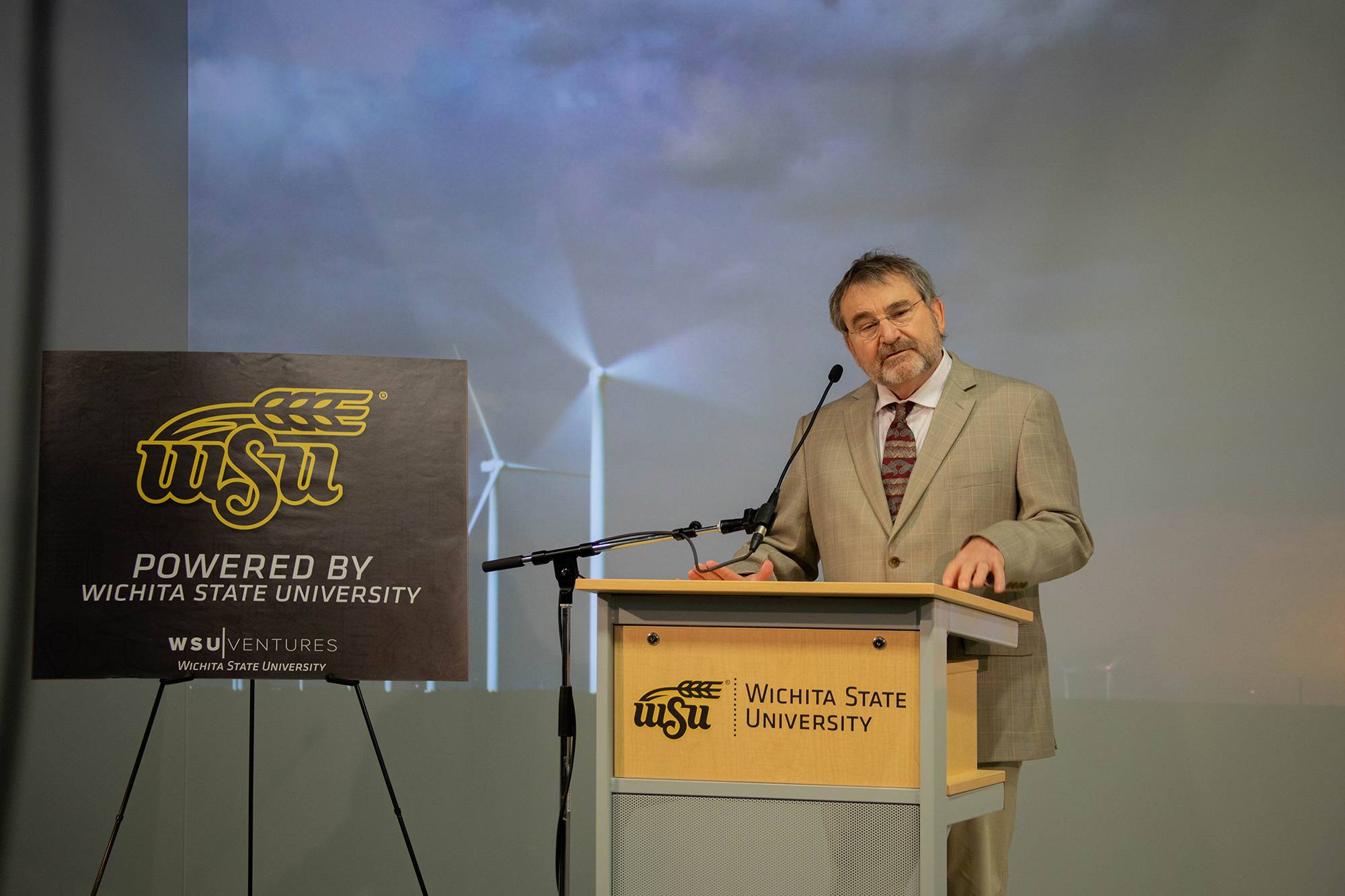The cost effectiveness of wind farms could be significantly improved by reducing the speed of wind turbines that are clustered together, which could improve their longevity and also reduce noise pollution. A team of researchers from the University of Adelaide led by Dr Rey Chin looked at the operation conditions of wind turbines, investigated those conditions relative to power output and performance, and how turbines interact with each other.
Tag: Wind Turbines
Metal-loving microbes could replace chemical processing of rare earths
Cornell University scientists have characterized the genome of a metal-loving bacteria with an affinity for rare earth elements. The research paves the way towards replacing the harsh chemical processing of these elements with a benign practice called biosorption.
How Fiber-Optic Sensing and New Materials Could Reduce the Cost of Floating Offshore Wind
In this Q&A, Berkeley Lab’s Yuxin Wu discusses how scientists are developing sensing technologies that could be installed on floating offshore structures. This would allow the structures to self-monitor damaging conditions that could lead to costly repairs, and could also gauge impacts to marine mammals.
Renewable energy OK, but not too close to home
When it comes to transitioning from carbon-based to renewable source energy systems, Americans are on board. They’re less keen, however, having these new energy infrastructures—wind turbines or solar farms—built close to their homes, which creates hurdles for policymakers.

Engineer studies turbine blade icing/de-icing
Hui Hu, the Martin C. Jischke Professor of Aerospace Engineering at Iowa State University, has studied icing of wind turbine blades for years. Here’s a news release from the arhives about his work: https://www.newswise.com/articles/engineers-study-icingde-icing-of-wind-turbine-blades-to-improve-winter-power-production Here’s some data/information about his studies:…

Engineers writing the script to restore wind-dominant power grids after blackouts
Iowa now generates more than 40% of its electricity from wind power. But wind-dominant electric grids aren’t designed to meet a typical, step-by-step blackout recovery after storms. Iowa State’s Hugo Villegas Pico will lead a team that will research how to orchestrate the restoration of wind-dominant grids.
FSU engineering researchers harness wind data to help meet energy needs in Florida
Florida is one of several states in the Southeast where wind energy is virtually nonexistent, which is one reason wind farms have not been an economically viable energy source in the region. But a new study from the FAMU-FSU College of Engineering shows how upcoming technological advances could make wind energy a hot commodity in the Sunshine State.

E-waste eating protein creates rare earth elements
Lawrence Livermore National Laboratory (LLNL) researchers, in collaboration with Pennsylvania State University (PSU) and Idaho National Laboratory (INL), have designed a new process, based on a naturally occurring protein, that could extract and purify rare earth elements (REE) from low-grade sources. It could offer a new avenue toward a more diversified and sustainable REE sector for the United States. The protein, lanmodulin, enables a one-step extraction and purification of (REE)s from complex metal mixtures, including electronic waste and coal byproducts.

Wichita State licenses wind turbine protection technology to Lightning Diversion Systems
Wichita State University and WSU Ventures have entered into a new strategic partnership with California-based Lightning Diversion Systems (LDS), a Ducommun Company.
The partnership involves the exclusive licensing of a lightning strike protection system for rotor blades in the wind turbine industry, the product of several years of research and development by LDS and Billy Martin, senior research scientist for WSU’s National Institute for Aviation Research, and his team in NIAR’s Environmental Test Lab.